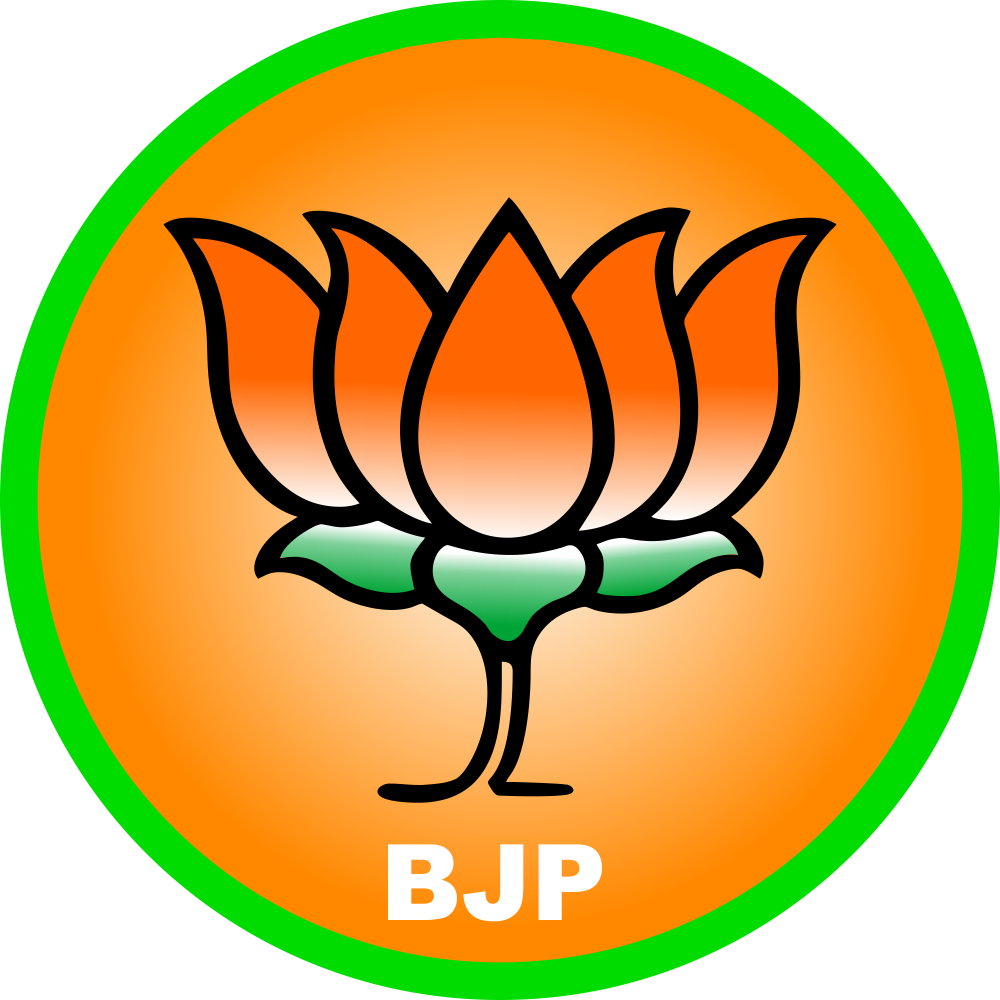
The Bharatiya Janata Party (BJP), considered the world’s largest political party, has a long and eventful history. Although the current BJP was founded in 1980, its roots go back to 1951 with the formation of the Bharatiya Jana Sangh by Dr. Syama Prasad Mookerjee.
Following India’s independence on August 15, 1947, Dr. Mookerjee served as a cabinet minister under the first Prime Minister, Pandit Jawaharlal Nehru. However, ideological differences—especially over Nehru’s secular politics and appeasement of minorities—led Mookerjee to resign from the cabinet on April 19, 1950. He went on to form the Bharatiya Jana Sangh, promoting nationalism and a Hindu nationalist ideology. Despite winning only three seats in the 1952 Lok Sabha elections, the Jana Sangh remained active, though it remained in the minority until 1977.
In 1975, the imposition of Emergency by then Prime Minister Indira Gandhi was strongly opposed by the Jana Sangh. After the Emergency was lifted in 1977, opposition parties united to form the Janata Party, which included the Jana Sangh. Led by Morarji Desai, the Janata Party formed the government, but internal conflicts caused its collapse within two and a half years. Following this, in 1980, former members of the Jana Sangh regrouped and established the Bharatiya Janata Party (BJP), with Atal Bihari Vajpayee as its first president.
Though the BJP initially struggled, the Ram Janmabhoomi movement in the late 1980s, supported by the party, fueled its rise by promoting Hindutva ideology. The BJP gradually gained momentum and emerged as a dominant force in Indian politics. Today, with over 200 million members, it is the largest political party globally. The BJP has formed governments in several states and at the center multiple times, steadily advancing its vision of a saffron-hued nation.
Prime Minister Narendra Modi has become the most charismatic face of the BJP. Under his leadership, the party won consecutive general elections in 2014, 2019, and 2024. In the 2024 elections held in seven phases between April 19 and June 1, the BJP-led alliance won a majority with 293 MPs. Modi was sworn in for a third term on June 7, 2024, this time heading a coalition government with key partners like the Telugu Desam Party (TDP) and Janata Dal (United). This marks a shift from his earlier solo-majority terms in 2014 and 2019.
Before Modi, Atal Bihari Vajpayee had led a BJP-led coalition government from 1998 to 2004. Vajpayee had earlier served short stints of 13 days and 13 months due to lack of majority. The BJP-led National Democratic Alliance (NDA), comprising regional allies like Shiv Sena, Akali Dal, and Samata Party, eventually achieved a majority in 1999 without the support of AIADMK, which had previously withdrawn. Vajpayee’s third term lasted a full five years, focusing on globalization and welfare-based economic growth.
The Legacy of the Jana Sangh
The BJP traces its ideological lineage to the Bharatiya Jana Sangh. Its first major campaign was for the full integration of Jammu and Kashmir into India. Despite government opposition, Dr. Mookerjee defied orders, was arrested, and died in custody. Leadership then passed to Deendayal Upadhyaya and later to future stalwarts Atal Bihari Vajpayee and L.K. Advani. The Jana Sangh’s agenda included uniform civil code, cow protection, and the removal of special status for Kashmir.
In 1967, the Jana Sangh, in coalition with other non-Congress parties, managed to form governments in several Hindi-speaking states. However, its national impact remained limited until the political shift following the Emergency.
Emergence and Fall of the Janata Party
The Janata Party, formed in 1977 by the merger of major opposition parties including the Jana Sangh, achieved a historic victory, forming the first non-Congress central government under Morarji Desai. Atal Bihari Vajpayee served as the Minister of External Affairs. However, ideological differences and power-sharing issues led to the government’s fall in just over two years. The 1980 elections saw a Congress resurgence under Indira Gandhi.
BJP’s Rise Post-1980
Following the Janata Party's collapse, the BJP was formally launched in 1980, essentially as the new avatar of the Jana Sangh. Despite early setbacks—including a meager two seats in the 1984 elections after Indira Gandhi’s assassination and the subsequent Congress sympathy wave—the BJP persisted. The Ram Janmabhoomi movement became a turning point, catapulting the party into mainstream national politics.
Today, the BJP governs in 21 of India’s 31 states, has 240 Lok Sabha MPs, 98 Rajya Sabha MPs, 1,656 MLAs, and 165 MLCs. With strong ideological and organizational ties to the Rashtriya Swayamsevak Sangh (RSS), the BJP continues to shape India’s political landscape with its right-wing, nationalist vision.
Narendra Modi’s third term reflects both the party’s electoral resilience and its ability to adapt through coalition politics. From the legacy of Dr. Mookerjee to the charisma of Modi, the BJP’s political chariot rolls on—steadily transforming India with saffron hues.